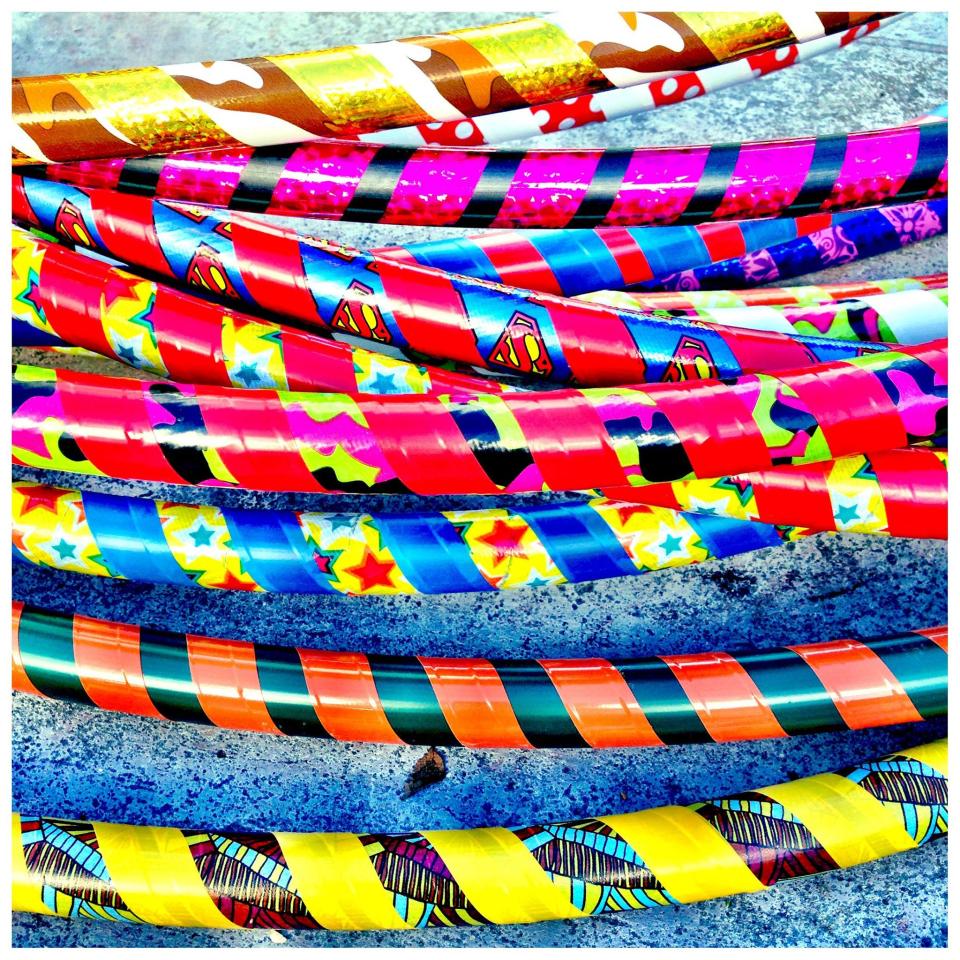The hula hoop gained international popularity in the late 1950s, when a plastic version was successfully marketed by California's Wham-O toy company. Cane hoops had been popular children's toys to be rolled on the ground and kept balanced for as long as possible.
In 1957, children in the Norwegian town of Steinkjer began a fad described as "rock-rings", with the description being "These are huge cane rings which little girls swing round their bodies by moving their hips and arms." An August 7 news item described the origin as children buying cane rings after seeing ring jugglers at a circus that visited Steinkjer and added "It wasn't long before most of the children in the town had caught the 'wiggle-rock' craze’.
That summer, schoolgirls in Australia were using the hoops and news came to the United States with the first reference to the toy as a "Hula hoop", described as all the rage among the young girls of Australia.
“This is old fashioned hoops with a difference. You don't roll them, you put them around your middle and by swinging the hips in a circular motion to keep the hoop revolving— hence the name.".
Australia's Coles department stores started selling bamboo hoops and demand soon outstripped supply. Coles then asked legendary toy man Alex Tolmer who founded toy company Toltoys, to help mass produce hoops.
In 1957, Tolmer used Polyethylene which was stronger and less brittle than earlier plastics. The new lightweight plastic hoops sold in a variety of colours for less than $2. Toltoys sold 400,000 plastic hoops in Australia in 1957 alone.

Add new information